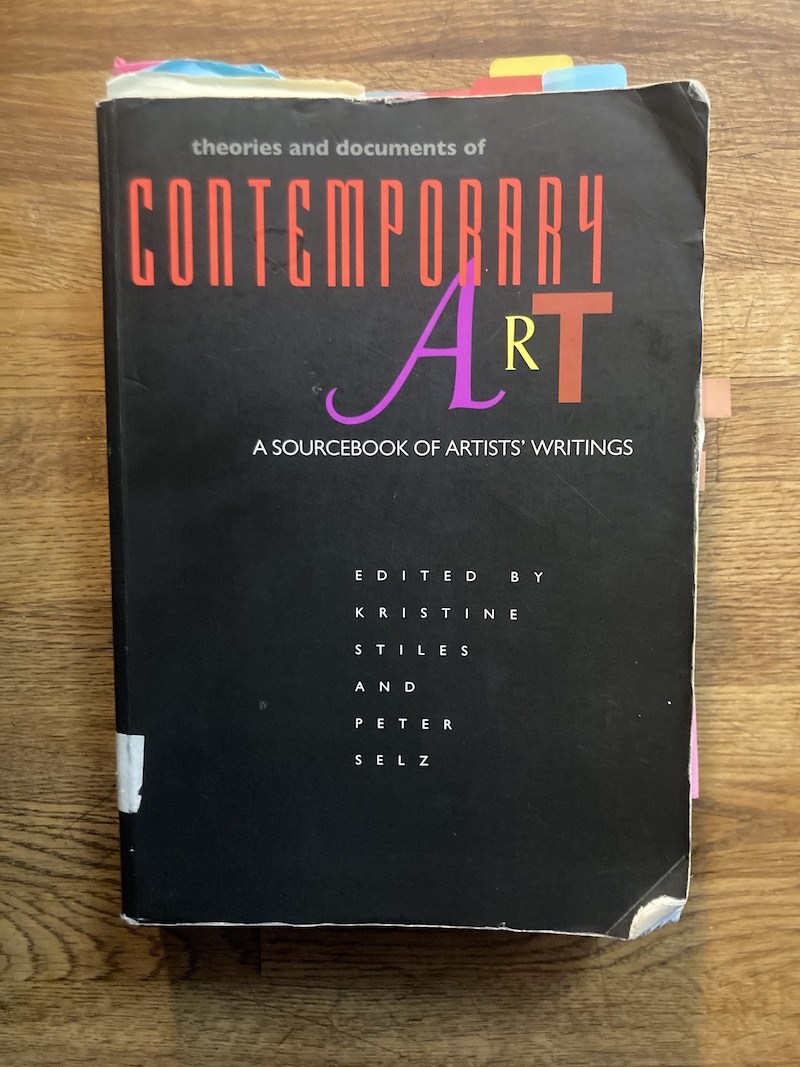We’ve lived together for epochs: apartments big and small, across state lines, through jobs, undergrad to grad school, and the trade schools and community college courses in-between. Sometimes what keeps us attached is nothing more than a faint feeling. Its unavoidable- books weigh you down. Wherever you sit and read, you dwell, and in that way, to a freedom loving fool like me, books present a physical shackle. You can only carry so many, and the more you carry the more encumbered you become. Even bad ones can inspire and maddeningly, it may only take a couple of pages, maybe much less, to push the boundaries beyond the walls of the claustrophobic cavern of one’s skull. I won’t say for better or for worse, but that is enough to make the library, bookstore or pile of mildewy paperbacks an overwhelming call, despite their sedentary promise.
Every time I move, which is about once a year, my collection of books grows and shrinks. After 10 years of doing this, it comforts me to know that what remains has survived a kind of natural selection. In other words, in this ever evolving bookcase only the best stuff makes the cut.
A book that reigns supreme in this literary survival of the fittest is, not surprisingly, from Dr. Brian Winkenweder’s Post Modern Art History class.
To look at it makes me think of Brian. A professor of Art and Art History at a humble liberal arts college in Oregon’s wine country. The art world recognizes him as an art historian, that is, a scholar that bears both art and history with grave seriousness- a dying breed in today’s setting which has time for neither. However, to his students and co-workers he is better known as a teacher. Guided by John Berger’s maxim: “Not learning dates is disastrous. Comparative dates are a stimulus to thought”, to meet his high standards his courses were grueling.
Its sheer volume is a testament in itself. Looking back at the many shoe boxes i’ve inhabited, I am not sure how I ever had room to carry this thing around. It was worth it, its too big to justify any other way. In it are the artist statements and manifestos by artists responsible for any work of art that moved the needle post atom bomb.
My task with this entry and the ones that follow is to highlight some of the greatest hits. Though this is my idea of fun I aim to better understand the question central to my scholarship, art and, at risk of sounding melodramatic, existence: In the 2020’s, where does the artist find home? Why ‘art’ at all? What role does the artist play today?
Every practicing artist wonders: Is the whole idea of putting marks to canvas outdated? There are other ways of making. This book opens with an interview with Jackson Pollock, where he claims that “new needs need new techniques” and that “Each age finds its own technique”. With video, virtual reality, video games, and other screen-centric expressions- is drawing and painting even suitable to address today’s existential questions? If the answer is in the negative, then what questions can drawing and painting address? If the answer is in the positive, then what questions ought drawing and painting address?
The history of artist’s ideas held in this book will give us a context for better answering these questions.
